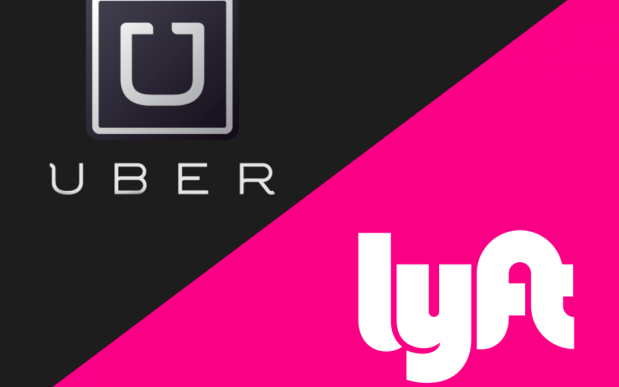Data: Uber Customers In Top 32 US Cities Spend ~$50 Per Month

Newly released data shows how much some users are spending on ridesharing apps like Uber and Lyft in 32 major cities.
According to CNBC, money app Empower looked at the Uber and Lyft transactions from 50,000 of its users and found that when it comes to booking rideshares, it can be easy to overspend.
“The half-second it takes to press your thumb down on a smartphone screen leaves no time for regret,” said one woman who spent $453 on Uber in one month. “Impulse-driven, one-press smartphone purchases are the easiest to lose track of.”
As far as the cities where users seem to spend the most, data found San Francisco leads the way — not that surprising, given that both companies are based in the city. Empower users spent $110 per month on Uber and $89 per month on Lyft.
Uber was also popular in Boston, where customers spent $95 per month, and New York City, where they spent $84 per month. But Lyft was preferred by far in Fort Lauderdale, with customers spending $85 per month (compared to just $46 per month for Uber). Other cities that went with Lyft over its rival include Pittsburgh, Denver, Orlando, San Diego, Portland, Phoenix and Salt Lake City.
This is just one of the recent strides Lyft has made against its rival. Earlier this month, it was revealed that Lyft has nearly doubled its market share, taking nine percentage points away from market leader Uber.
And in April, Lyft announced that its revenue grew more than $1 billion in 2017 and beat Uber’s growth in Q4 by 2.75 times. In fact, Lyft’s revenue growth was up 168 percent in the fourth quarter, while Uber’s increased by 61 percent.
“We’ve recently achieved record market share levels nationwide, even as we significantly reduce sales and marketing expenses,” Brian Roberts, Lyft’s chief financial officer, said in a statement.
Lyft provided 375.5 million rides in 2017, which is up 130 percent year over year. The company also provided rides to a total of 23 million different passengers, which is a 92 percent jump from the prior year, and had 1.4 million drivers at the end of 2017, up 100 percent from the end of 2016.
“We remain focused on driving sustainable growth and making investments,” Roberts said. “2018 is poised to be a year of exceptional growth and industry rationalization.”
